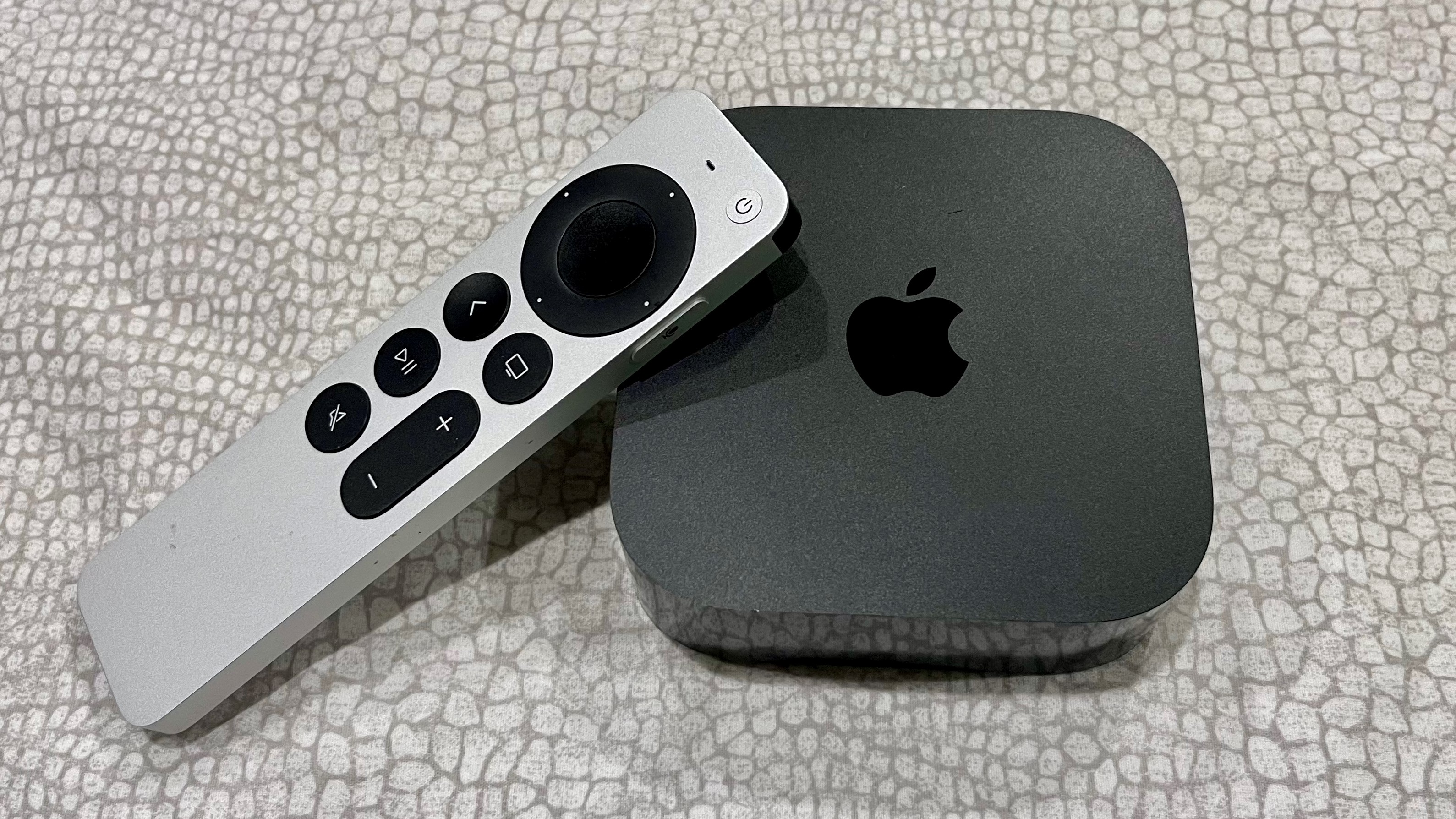Luxury brands like Burberry set for a rebound – but bosses are still pessimistic
It’s high-time for some good news in the luxury sector, with analysts predicting the industry may finally be approaching the bottom of its two-year downturn. With opportunities in the United States and China “not getting any worse”, analysts have predicted five to six per cent revenue growth in 2025 across the sector. Most remarkable of [...]


It’s high-time for some good news in the luxury sector, with analysts predicting the industry may finally be approaching the bottom of its two-year downturn.
With opportunities in the United States and China “not getting any worse”, analysts have predicted five to six per cent revenue growth in 2025 across the sector.
Most remarkable of all, analysts at RBC have tipped Burberry as one of their top picks for luxury in 2025, anticipating that the battered coat-maker will make the most of its turnaround.
“Whilst luxury has generally been a tough sector [in the second half of 2023 and in 2024]… the setup is improving,” RBC analysts Piral Dadhania and Richard Chamberlain said.
However, just 20 percent of fashion leaders polled by McKinsey expect improvements in consumer sentiment in 2025, while 39 percent see industry conditions worsening.
The luxury consumer demographic is shifting
One reason that fashion leaders may be pessimistic is that the luxury market is undergoing significant structural changes, many of which are wrapped in uncertainty.
The first – and least surprising – of these, is that the industry is turning away from its traditional “centre of gravity”, China; due to low demand in the region, and pivoting to other Asian markets, most notably Japan, Korea, and India.
The second is that the consumer base is changing: younger generations appear to be pulling back on their luxury goods spending in favour of second-hand items, as well as turning away from ‘old-school’ brands in favour of smaller and more individual purchases.
This has been exacerbated by what Third Bridge analysts Yanmei Tang calls the “homogenization of luxury brands” caused by frequent designer turnover, “leaving consumers struggling to distinguish one label from another”.
Coupled with increasingly high prices which have alienated aspirational consumers, these trends have drawn people away from luxury markets.
However, this shift may not be as bad for the market as it seems: the customers that remain are spending ever-increasing amounts of money on luxury goods. While less than a third of purchases were made by high net worth clients in 2019, nearly half were in 2024.
Plus, the average spend per customer increased to £842 in 2024, up from £593 in 2019, according to RBC.
Opportunities abound in North America
North America already accounts for around a quarter of luxury demand, up five per cent since 2019. If Trump’s presidency provides a boost to rich Americans – as is expected – this is likely to increase further.
However, analysts have cautioned that this demographic shift will primarily benefit brands that appeal to high net worths like Hermes, Chanel, Brunello Cucinelli, while brands which cater to aspirational customers like Gucci and Balenciaga may suffer.
These companies, which have a sharp focus on unique branding and timeless design, are “thriving,” Tang said, as are those who provide a personalised experience for their customers via avenues like virtual try-ons and augmented reality experiences.
“Customers today are less interested in buying more and instead seek exceptional quality, authenticity, and unique moments. This “experiential luxury” trend is gaining traction across all demographics and is set to grow even further,” he added.
For brands which can provide a unique, personalised experience – as well as high-quality design – for their shoppers, the opportunities for luxury growth in North America are tantalizingly possible.



